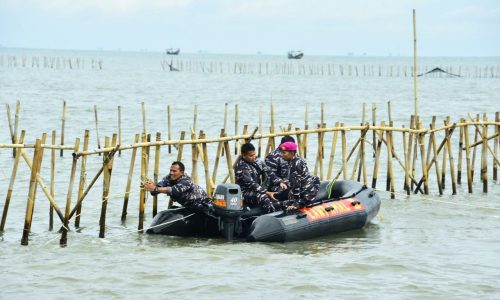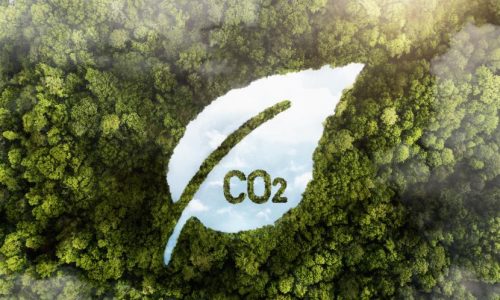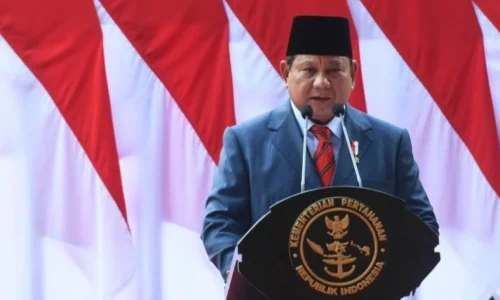Coordinating Minister for Maritime Affairs and Investment, Luhut Binsar Pandjaitan, has drawn attention over his caveat on the impacts of record-breaking increase in Earth’s temperature throughout history.
Luhut suggested that the rising temperature has triggered various natural phenomena, transforming parts of the Earth into conditions unlike those of centuries past.
“This is a wake-up call for all of us to make mitigation efforts to reduce carbon emissions,” he said, as quoted from his Instagram account @luhut.pandjaitan on February 26, 2024.
The Copernicus Climate Change Service (C3S) of the European Union has recorded that the Earth’s temperature has been more than 1.5 degrees Celsius higher than the pre-industrial era of 1850-1900 for 12 consecutive months. This phenomenon, which is unprecedented in recorded history, could result in significant losses for ecosystems, including heatwaves, droughts, floods, and potential water scarcity in the near future.
Therefore, Luhut mentioned that the government, in collaboration with the World Bank, will focus on rehabilitating 75 thousand hectares of mangroves and conserving 400 thousand hectares of mangroves. This is part of the larger plan for the rehabilitation of 600 thousand hectares of mangroves in coastal areas.
He mentioned that mangroves have significant potential for natural carbon absorption. This advantage will be utilized for green economic transformation and a shift towards blue carbon that is environmentally friendly and sustainable.
According to Luhut, this is crucial as Indonesia is committed to controlling global climate change. The rehabilitation of mangroves is expected to support emission reduction in line with the Nationally Determined Contributions (NDC).
“I see the success of this program being achieved if the integration of all stakeholders can empower communities around the coast,” he said.
Luhut added that the mangrove ecosystem on the Indonesian coast is not only a carbon storage location but also a potential alternative livelihood for the surrounding communities.
According to the National Mangrove Map officially released by the Ministry of Environment and Forestry in 2021, the total area of mangrove ecosystems in Indonesia is 3,364,076 hectares, accounting for 20.37 percent of the world’s total mangrove area.
Out of this total, dense mangrove covers an area of 3,121,239 hectares (92.78 percent), medium-density mangrove covers 188,363 hectares (5.60 percent), and sparse mangrove covers 54,474 hectares (1.62 percent).
The government’s focus on mangrove area rehabilitation is primarily directed toward areas with sparse mangrove cover. The distribution of roles in rehabilitating these areas is aligned with the tasks, duties, and functions of relevant ministries and institutions.









